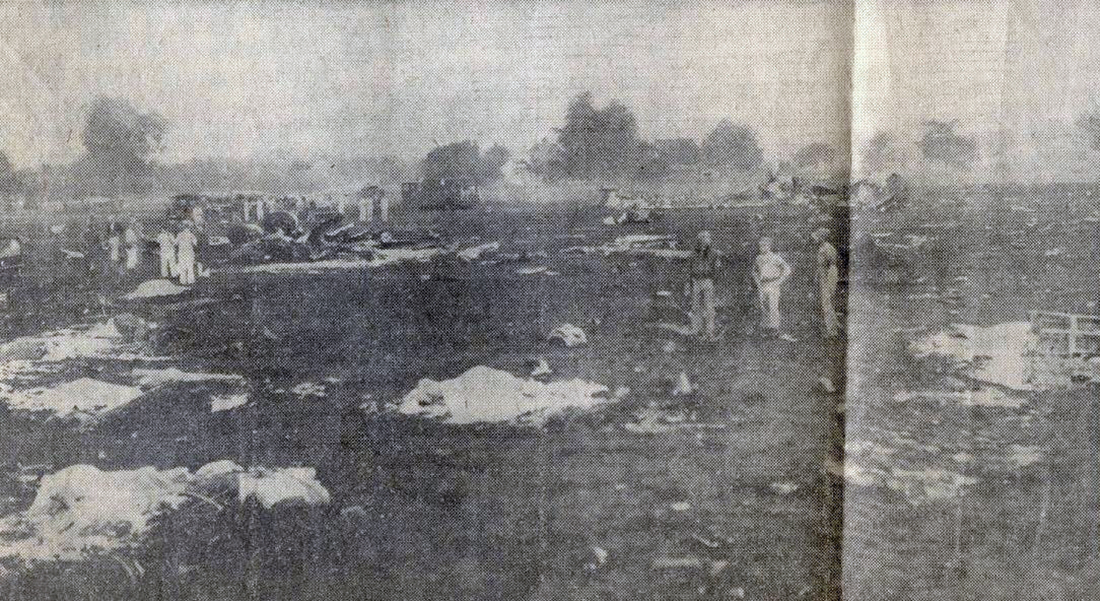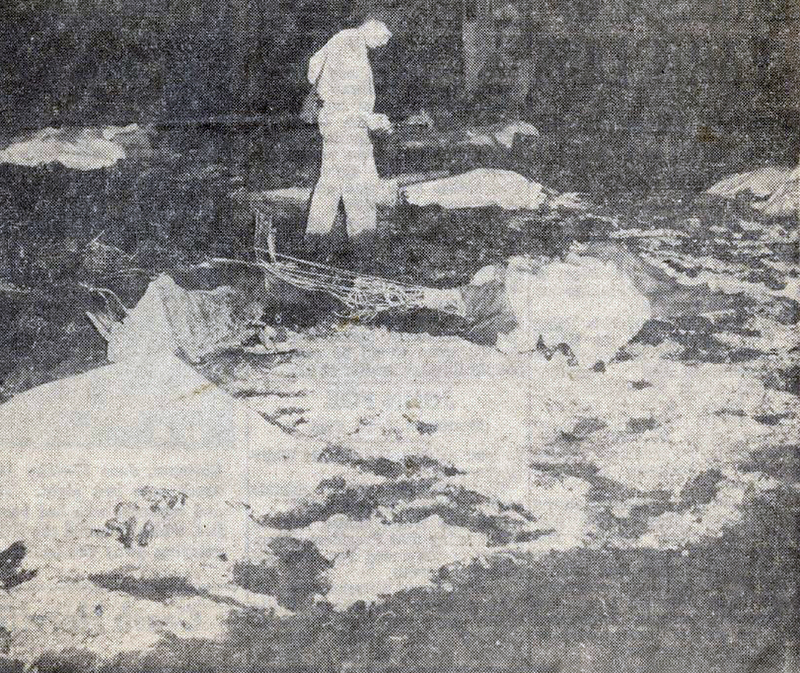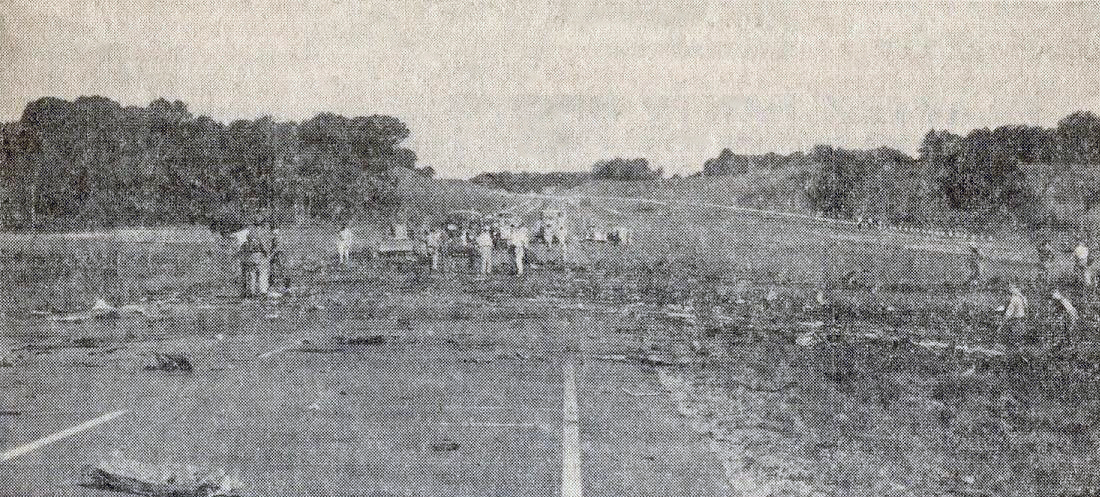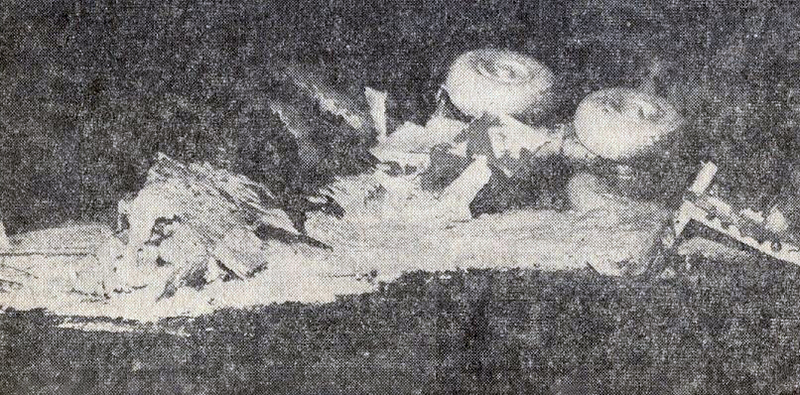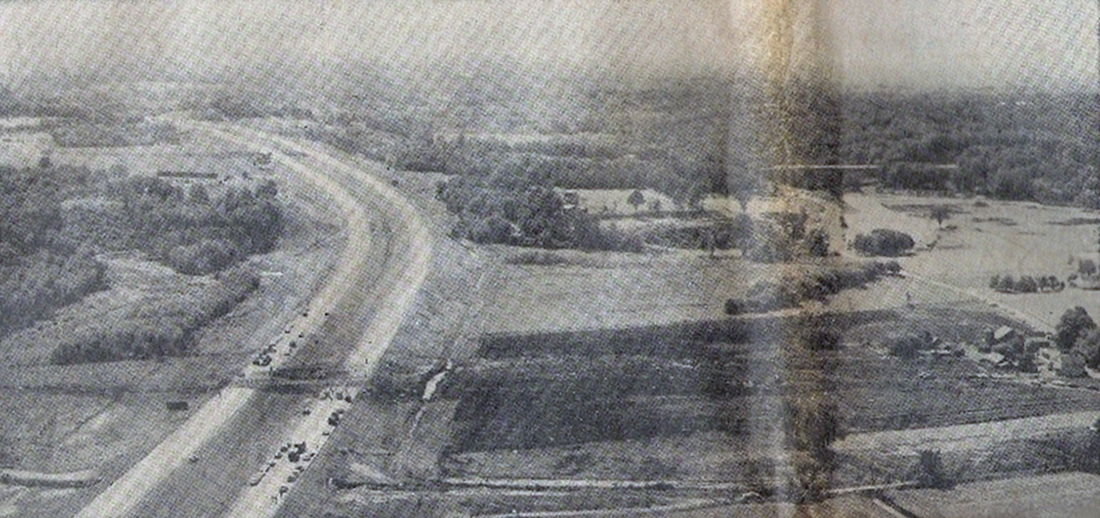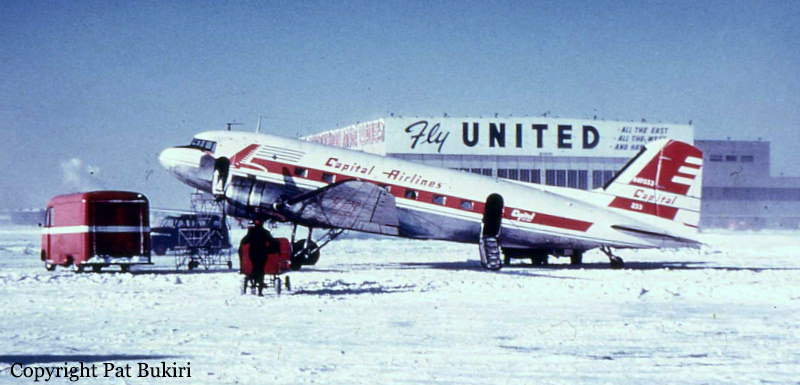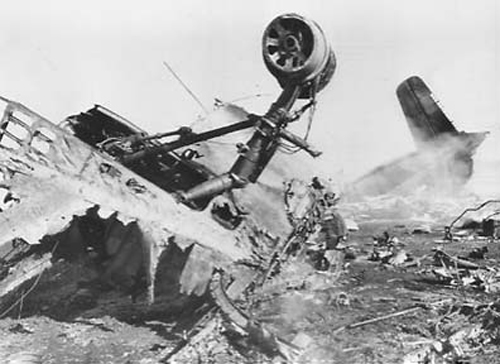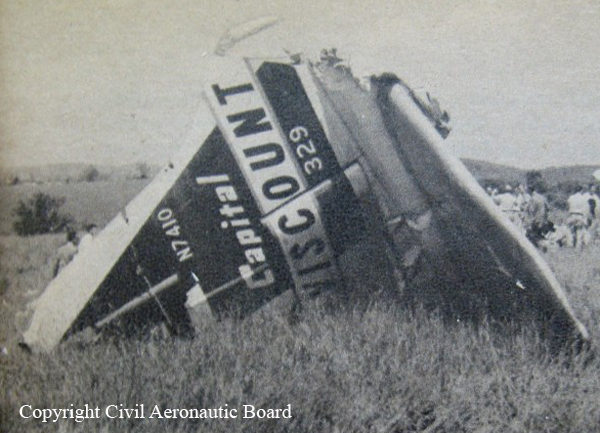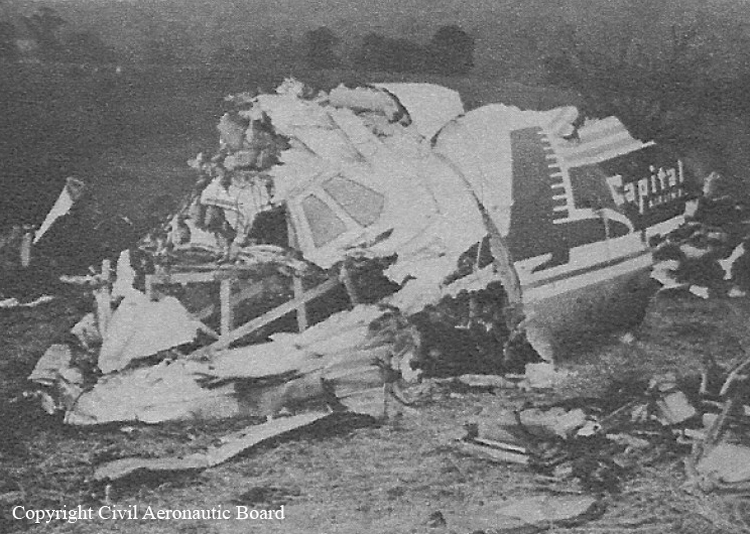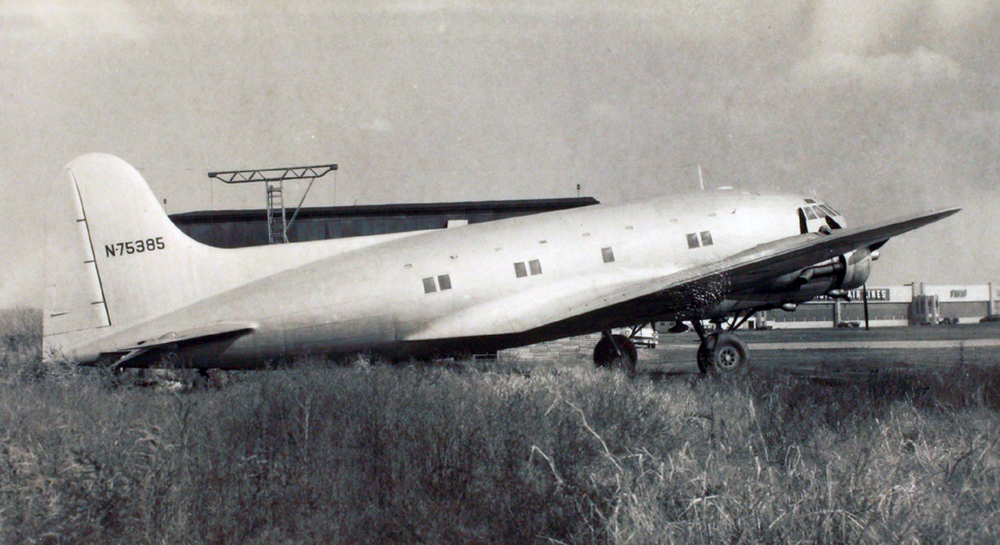Crash of a Boeing B-52D-60-BO Stratofortress at Loring AFB: 1 killed
Date & Time:
Jul 29, 1958
Registration:
55-0093
Survivors:
Yes
Schedule:
Loring - Loring
MSN:
17209
YOM:
1955
Crew on board:
9
Crew fatalities:
Pax on board:
0
Pax fatalities:
Other fatalities:
Total fatalities:
1
Circumstances:
The crew was completing a local training mission at Loring AFB. After several touch-and-go maneuvers, the pilots started a new approach. In poor visibility due to bad weather conditions, the airplane was too low on final and crashed in a prairie located about three miles south of the airbase. The aircraft was destroyed, eight crew members were killed while a ninth occupant was killed.
Crew:
Maj Kirkwood G, Myers, pilot,
Lt Lane L. Kittle, copilot,
Lt Leonard M. Corcaro,
Sgt Oran C. Reily,
Lt Robert F. Testerman,
Lt Leslie N. Martin Jr.,
Lt James F. Thompson,
Maj Milo C. Johnson, instructor navigator, †
Maj Moody E. Denton, pilot instructor.
Crew:
Maj Kirkwood G, Myers, pilot,
Lt Lane L. Kittle, copilot,
Lt Leonard M. Corcaro,
Sgt Oran C. Reily,
Lt Robert F. Testerman,
Lt Leslie N. Martin Jr.,
Lt James F. Thompson,
Maj Milo C. Johnson, instructor navigator, †
Maj Moody E. Denton, pilot instructor.




